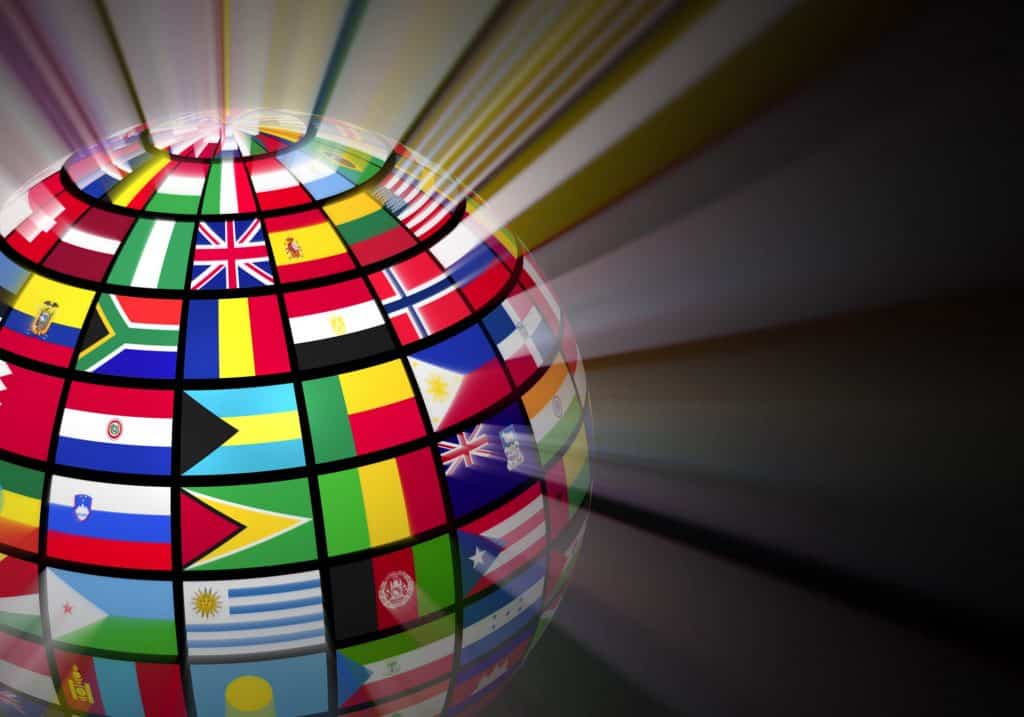Localization is a powerful tool for businesses that seek to expand in new markets. However, localization can pose unique problems. Localization is expensive and time-consuming, and it requires a lot of planning.
One solution to go around these issues is to use automation. This article will examine how automation software using deep learning, can be utilized for localization.
What is Localization?
Localization is changing a product, service, or content to match a market’s language, culture, and outlook. While translation is a significant part of localization, it doesn’t end there, and it should also consider the culture, mores, and trends within the society of the target market.
For example, English is spoken in England and Australia, but the culture and customs of those countries are so different that a company trying to expand must customize its communication for each. They cannot use the same marketing content for both countries.
Benefits of Localization
But why do localization? Why not just translate content to the language and ensure that the content is neutral enough that there will be no localized references? We have listed here the benefits of localization.
Increased Sales
Language is vital for customers. Over 55% of eCommerce customers claim that having a website in their own language is even more important than price. That might go against conventional wisdom that price is the deal-breaker for most customers.
Localizing a website can lead to more sales because the audience would trust the brand more. This fact isn’t lost on companies. The top 25 websites in the world support an average of more than 62 languages in 2021.
More Loyalty
Customer churn is the percentage of your customers and clients that will stop using a product or service after a specific period. Using the language of the audience will help increase their loyalty, and using the common tongue should create a connection that would be stronger than that created by pricing.
Better Brand Integrity
When KFC opened in China, they tried to use their famous slogan, “finger-licking good.” Unfortunately, when the slogan was translated into Chinese, it ended up saying, “eat your fingers off.” That wasn’t exactly the kind of message KFC wanted to portray, which displays the type of localization you don’t want to do.
But when done correctly, localization can build a strong brand identity and integrity. But you need the help of experts to achieve that.
Challenges of Localization
Localization is undoubtedly beneficial, but it can also be challenging. We have listed here some reasons why localization can be a problem for some.
The Clash of Culture and Brand Voice
This is one of the most challenging problems of localization to resolve. What happens when the original brand voice that was developed comes in conflict with the culture of the new target market?
For example, it’s okay for American brands to have a more relaxed and friendly voice, and that shows in their commercials and in their marketing. Informal communication is normal and OK in the United States. That can be a problem, however when the same kind of messaging is used in Japan, where the form of communication is determined by the status of the participants in the conversation.
Traditional Localization Requires Time, Money, and Expertise
Not everyone can do localization. Hiring experts can be expensive, and it will take time to localize content for each target market. There are companies that specialize in localization, and they can deliver amazing results, but as with anything, you will get what you pay for. That’s the traditional way of doing localization, though. There’s a faster way now that more and more companies are relying on. More on that later.
Translation Will Impact Design
Translating content will inevitably have an impact on design. From web design to the design of packages, translating to another language may require changes to the layout. That kind of change can add up to the overall cost.
Localization Is More Than Just Language
It should be clear now to you, localization is more than just language. It goes beyond that. Knowing all the aspects of culture and society that must be considered for localization requires a great deal of knowledge.
Localization Automation
One way to get around the problems caused by localization is to use automation. To get started with automation, you can rely on machine translation to handle your text content.
Not all localization tasks can be automated, but it is perfect for the more repetitive actions. Machine translation for websites has come a long way now. Today, the latest machine translations use deep learning software. In the past, machine translation was largely based on software that uses rules to function. With a deep neural network, the software can learn in the same way that the human brain works. This means that the more it translates, the more it gets better at it. Soon, this can be paired with AI to create a fully autonomous means of localization that can cover all aspects and not just the translation part.
For now, the solution is to mix machine translation with human editing. This is known as machine translation post-editing (MTPE). The idea behind MTPE is to have machine translation handle the actual translation work and then have human translators go over the output to make sure that there are no errors that the software can miss. MTPE combines the speed of machine translation and the accuracy of human translators.
Today, you may still need help from human translators and localization experts to check the output, but automation can save you a great deal of money and time.

